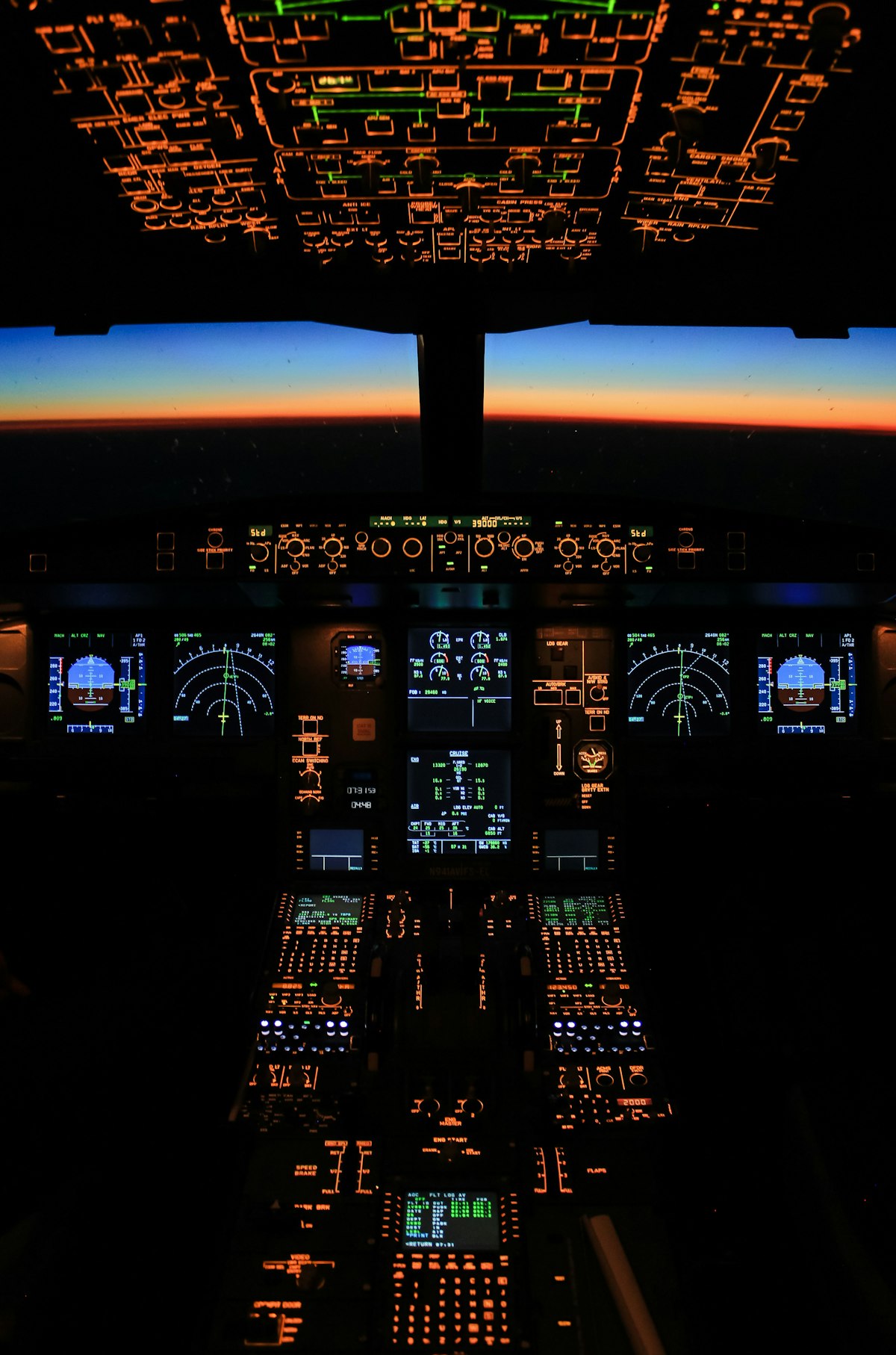Airbus A320: A Detailed Overview
The Airbus A320 is a game-changer in commercial aviation. Launched in 1984, it quickly became a favorite among airlines worldwide. This aircraft is known for its efficiency and advanced technology.
Development and Design

Airbus initiated the A320 program to develop a new generation of narrow-body aircraft. It aimed to compete with the Boeing 737.
The A320 features a distinctive fly-by-wire control system. This replaces traditional manual flight controls with electronic interfaces. Pilots benefit from greater precision and safety enhancments.
The A320 family includes variations such as the A318, A319, A321, and the newer A320neo series. Each model offers differences in passenger capacity and range.
Technical Specifications
- Seating: Typically configured for 140-240 passengers, depending on the model.
- Range: Between 3,300 to 3,700 nautical miles for standard variants.
- Engines: Equipped with CFM56 or IAE V2500 engines.
- Wingspan: Approximately 34 meters (112 feet).
- Length: Varies from 31.4 meters (103 feet) for A318 to 44.5 meters (146 feet) for A321.
- Max Takeoff Weight: Up to 93,500 kg (206,100 lbs).
Innovations and Technology
The A320 introduced several industry-first innovations. The fly-by-wire system is the most notable. It automatically prevents actions that would exceed the aircraft’s design limits. This safety feature significantly reduces the risk of pilot error.
The cockpit design incorporates electronic flight instrument systems (EFIS). This replaces traditional analog gauges with digital displays. Pilots can receive more comprehensive flight data.
The aircraft uses a sidestick controller instead of a traditional yoke. This allows pilots to have a more responsive and ergonomic control mechanism.
Performance and Economics
The A320’s fuel efficiency helps airlines save on costs. Its lightweight composite materials contribute to lower fuel consumption.
Operational efficiency is another highlight. The turnaround time between flights is minimized due to advanced onboard systems.
The aircraft’s range makes it versatile. It can serve both short-haul and medium-haul routes effectively.
Impact on Airlines
Airlines favor the A320 for several reasons. Its operational efficiency and lower maintenance costs are significant factors. The aircraft’s commonality with other Airbus models reduces training and operational expenses.
Passenger comfort is another advantage. The A320 has a wider cabin compared to its competitors. This allows for more spacious seating arrangements and better overall passenger experience.
Airlines like American Airlines, British Airways, and Lufthansa heavily utilize the A320. Its versatility and reliability make it a cornerstone of their fleets.
Environmental Considerations
The A320neo series represents Airbus’s commitment to environmental sustainability. Neo stands for New Engine Option. This series features more fuel-efficient engines and improved aerodynamics.
Upgraded engines substantially reduce carbon emissions. The aircraft also employs sharklets, wingtip devices that improve fuel efficiency and reduce greenhouse gas emissions.
Noise pollution has also been reduced. Advanced noise-abatement measures make the A320neo series quieter, benefiting surrounding communities.
Future Prospects
The A320 family continues to evolve. Airbus is focused on further improving efficiency and reducing environmental impact.
Airbus is also exploring hybrid and fully electric propulsion technologies. These advancements could shape the future of aviation.
The A320’s success influences design and production decisions for new aircraft models. Its legacy will undoubtedly continue as the aviation industry advances.
Subscribe for Updates
Get the latest articles delivered to your inbox.
We respect your privacy. Unsubscribe anytime.